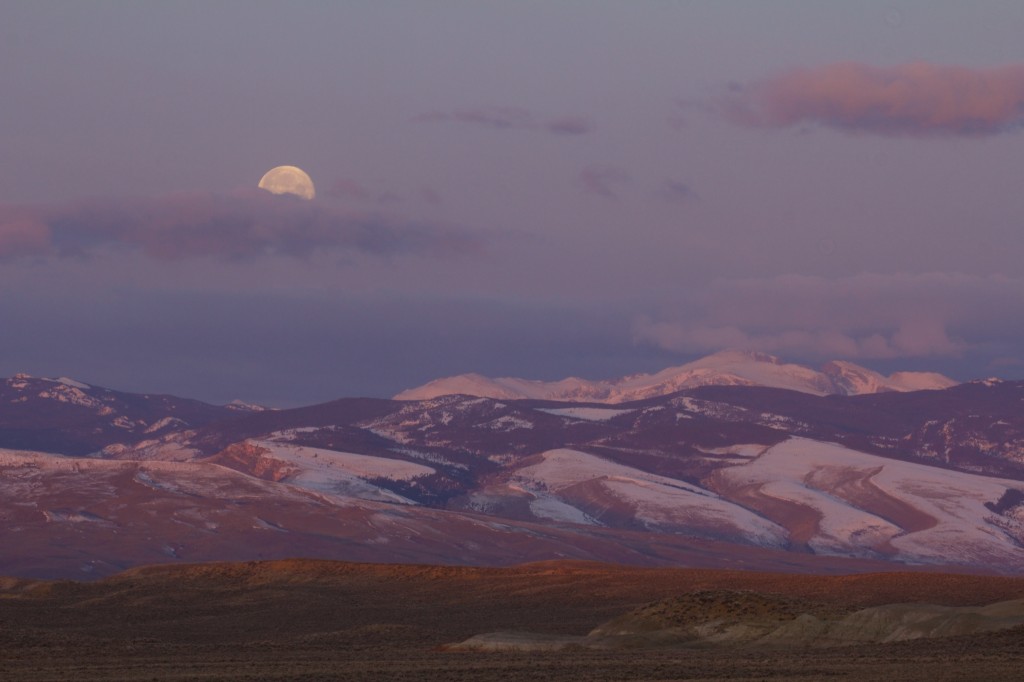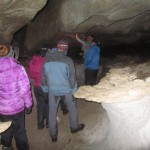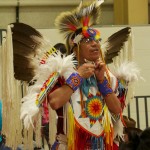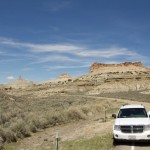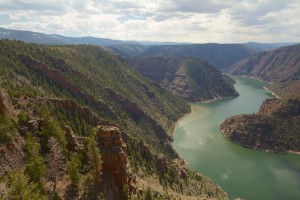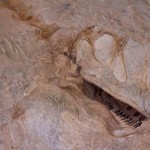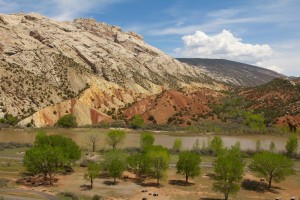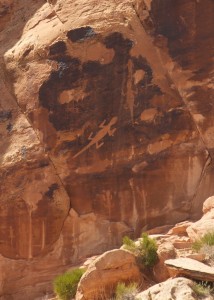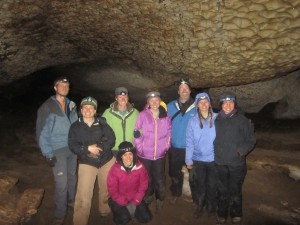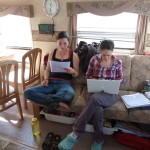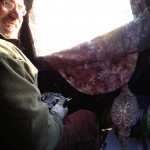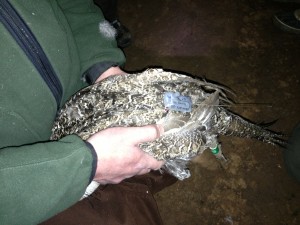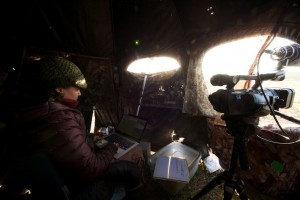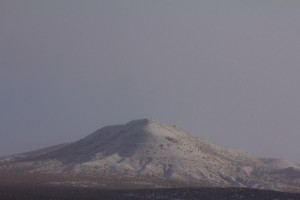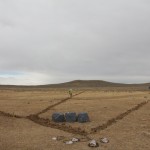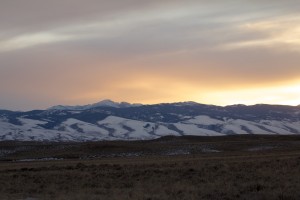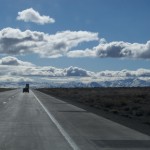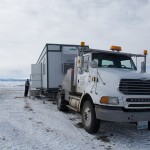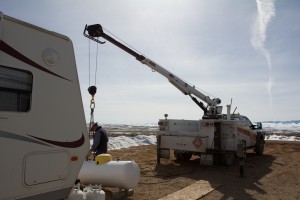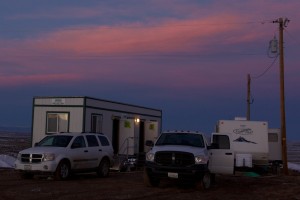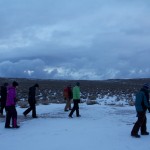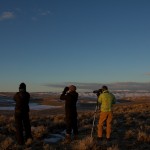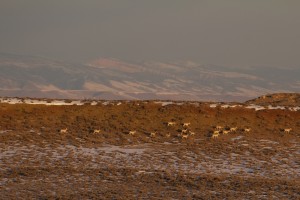I’m emerging briefly from my fall teaching duties to make a quick announcement: I’ve posted the call for field assistants for our 2014 season! If you or someone you know meet the qualifications and want a fun but intense research experience in a beautiful part of the world, go ahead and send in an application. Ad text below…
FIELD ASSISTANTS (6) needed approximately March 2 – May 4 for investigations of the behavior and ecology of Greater Sage-Grouse near Lander, Wyoming and the scenic Wind River Range. The projects are part of a larger effort in Prof. Gail Patricelli’s lab at UC Davis to understand the environmental and social factors shaping sage-grouse display behaviors- see the following websites for more information (http://www.eve.ucdavis.edu/gpatricelli/) and (http://www.alankrakauer.org). Assistants will use video and audio recording technology to support an NSF-funded study of courtship dynamics and display plasticity on the lek. Duties include some or all of the following: maintaining camera and acoustic monitoring equipment, observation of basic courtship behavior and lek counts, GPS surveying, habitat characterization and vegetation sampling, capture of adult sage-grouse, radio-telemetry, data entry, and some computer and video analysis. Assistants must be flexible in their needs and comfortable living and working in close quarters in a remote field station, and able to work in adverse field conditions (mainly MUD, WIND and COLD). Work will be daily and primarily early in the morning, with afternoon and night work required as well. Applicants must have a valid driver’s license, basic computer skills, and have participated in at least one field biology project in the past. Wilderness First Aid or First Responder, and previous experience/certification with off-road driving and/or ATV’s is preferred but not required. Individuals with previous sage-grouse capture experience especially encouraged to apply. Must be able to show proof of United States employment eligibility. Assistants will receive a total stipend of $1600 (~$800/mo) plus food and shared housing, but need to provide their own transportation to Lander and their own personal gear. Please send a cover letter, resume, and contact info for two (2) references to: Alan Krakauer, Department of Evolution and Ecology, University of California Davis, One Shields Avenue, 2320 Storer Hall, Davis, CA 95616, or preferably by email to ahkrakauer [at] ucdavis.edu. The positions will remain open until filled, and review of applications will begin immediately.

